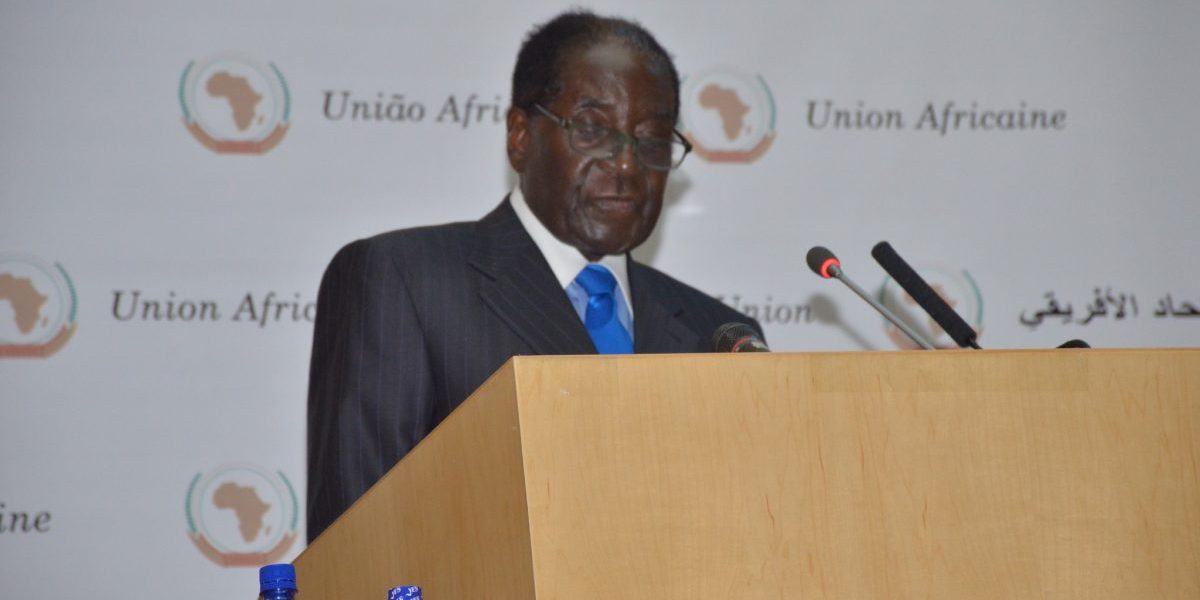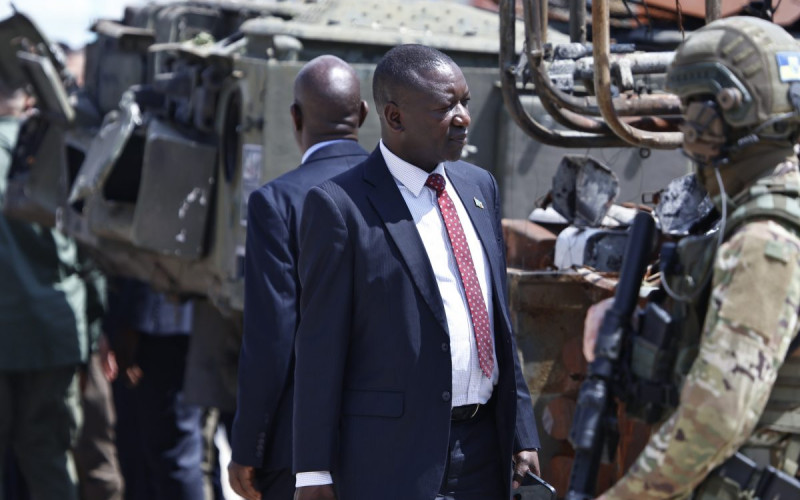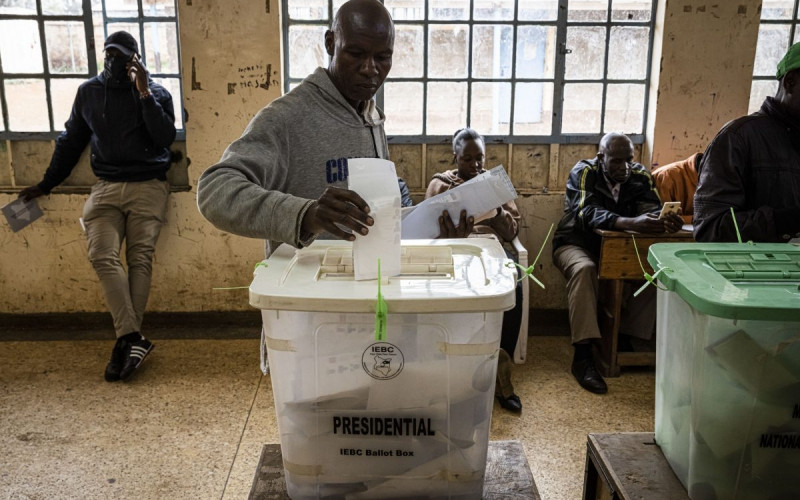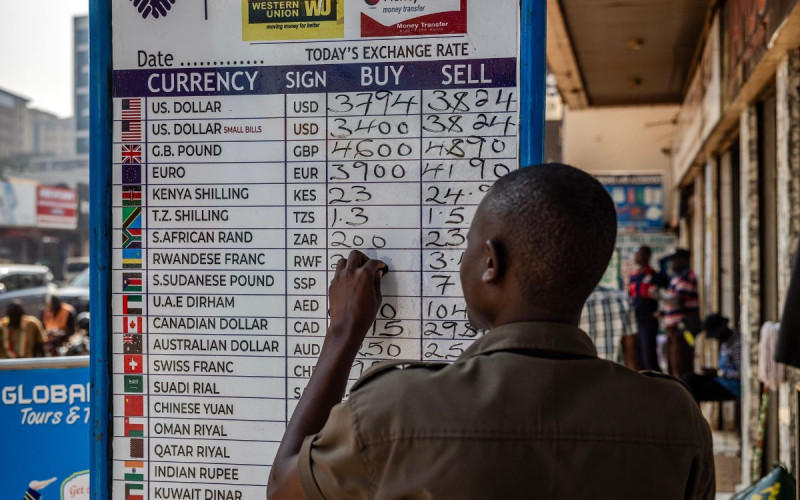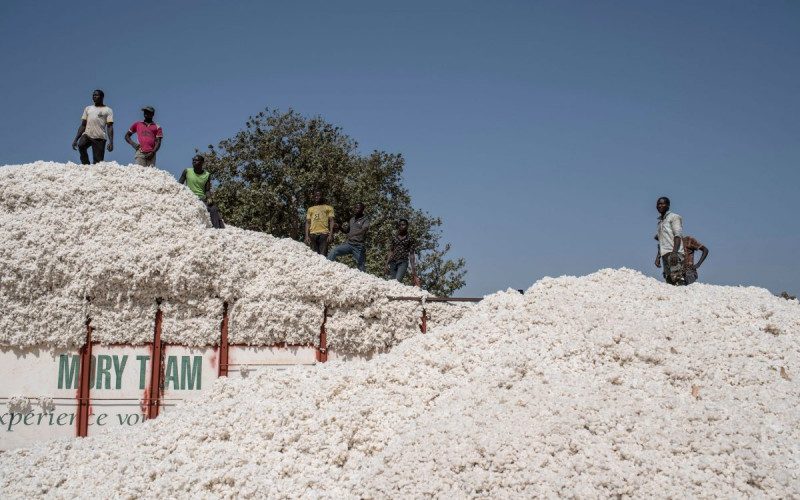It has been over a month now since the unity government in Zimbabwe published proposals to dig the country out of the economic hole it has been languishing in over the best part of the past decade. The plan, named STERP (Short-Term Economic Recovery Plan) has been discussed and endorsed by the Southern African Development Community (SADC), the fourteen-member organization of countries in the region that was instrumental in facilitating the Global Political Agreement that gave birth to the unity government in Zimbabwe.
SADC’s role in the resolution of Zimbabwe’s political crisis (under the facilitation of Thabo Mbeki, former president of South Africa as the community-appointed mediator between Robert Mugabe’s government and the opposition) has been hailed as a success for the principle of “African solutions for African problems.” The agreement was also a parting shot that will form part of the legacy of Thabo Mbeki’s leadership in the regional and African issues.
But has SADC missed an opportunity to show “African solutions” in action, and to practically demonstrate the African renaissance idea of Ubuntu by failing to support the STERP financially?
In order to answer this question, perhaps it would be apt to present the following context:
With the deepening political and economic crisis in Zimbabwe, the African Union (AU) summit of (DATES) resolved to get involved in the search for a solution, and delegated that assignment to the regional body, the Southern African Development Community. SADC appointed Thabo Mbeki, then president of South Arica, as mediator between the government of Zimbabwe and the two factions of the opposition Movement for Democratic Change (MDC). This was in line with the principle the Africans were capable of finding solutions to their own problems, and with the AU continental strategy of entrusting regional bodies with responsibility for issues in their spheres.
Following months of difficult negotiations, a political agreement was reached in September 2008. This Global Political Agreement included the formation of a unity government with, among others, the MDC leaders Morgan Tsvangirai as Prime Minister, and cabinet posts shared among the three parties (the two MDC factions and Mugabe’s ZANU-PF). The unity government is now in place, and has designed the STERP as a measure to revive the Zimbabwean economy. This plan is by no means going to be a panacea for Zimbabwe’s economic woes, and will probably need to be revised, detailed and nuanced to ensure effectiveness and success in implementation. But this achievement is a triumph for “African solutions” and a positive step towards normalizing the political and economic situation in that troubled country.
Two years ago, at an extra-ordinary summit of the SADC, regional leaders agreed on the need for an economic recovery plan for Zimbabwe –once a political settlement had been reached. This was a forward-looking measure that should be applauded. Now the Zimbabwean government has designed a working plan that is estimated to require roughly US$10 billion over the next three years. What has the regional body done to support the recovery of Zimbabwe –and in effect “put their money where their collective mouth is”?
Meeting in Mbabane, Swaziland recently, leaders of the region have in effect endorsed the STERP, and committed themselves to supporting Zimbabwe’s efforts to raise the necessary funds. This has included, among others, the formation of a committee of finance ministers who have been tasked with convincing the international community to make funding available for the Zimbabwean plan. Two states, South Africa and Botswana, have additionally pledged to make available a total of US$160 million available towards the project. Recent information indicates that up to US$400 million has been secured from African sources, but it is not clear which countries have contributed.
But where is the rest of the region in this enterprise? While it is laudable that the region has taken the step to mobilize and lobby international support (of both individual countries as well as multilateral organizations such as the International Monetary Fund and the World Bank), it is troubling that only two neighbours of Zimbabwe have so far put tangible resources on the table. The fact that the pinch of the troubles in Zimbabwe is acutely felt by the country’s neighbours should mean that they would be the first to commit resources towards ensuring recovery –and specifically the success of STERP. Additionally, it was at the initiative of the regional body, and under its auspices that the political agreement that has cleared the way towards stabilizing Zimbabwe through the mediation of Mbeki was initiated. Therefore, there is a strong moral obligation on the regional leaders, individually and collectively, to support the country.
Without downplaying the importance of international lobbying and a show of moral support for the STERP proposal, it is simply not enough for the “fathers” and sponsors of the GPA –and subsequent STERP proposal—to limit their engagement in the recovery of Zimbabwe to merely sending ministers to (mainly) western donors to persuade them to lift sanctions and make funds available to implement “their” plan. They should continue and demonstrate their “fatherly” commitment to the Zimbabwean settlement and recovery by contributing to its funding.
It is common cause that African countries are poor, and that the international economic down-turn is hurting economies in the region, thus making it difficult to make ends meet nationally. But if economic self-reliance and liberation from dependence on the international community (which is no doubt also feeling the economic pinch –and is further waiting to see whether the settlement reached under the GPA will abide before committing money to Zimbabwe), surely charity must begin at home. Even token amounts –which may be as little as a one percent variation in individual country’s national budgets—would go a long way towards showing the commitment of SADC countries to ensuring the survival, credibility and pride of their STERP “baby”.
Of course, the vicissitudes of the current global economic situation will influence the readiness of donors to respond to request for assistance; so will the still uncertain future of the unity government in Zimbabwe, as well as the continued weaknesses in the governance and economic management systems in that country. And in the end, the project of reviving the Zimbabwean economy has to be the responsibility of Zimbabweans.
It is my contention that the credibility and self-respect of Africa, and in this case SADC particularly, will continue to be worth little if member states, individually and collectively, continue to “put their money where their mouth is” when opportunities like this arise. The recent commitment of the SADC Power Pool –an agreement by nine of South Africa’s neighbours to supply the country with electricity to ensure no disruption during the 2010 football World Cup– is a positive development in this direction. The moral leverage of a poor country sacrificing a token amount of money to support an initiative of this significance goes a long way towards winning arguments for financial (and other support), and more significantly, towards winning friends and the support being sought.
By failing to put tangible resources on the table for STERP, SADC has lost the opportunity to make the case for effective “African solutions to African problems.”

